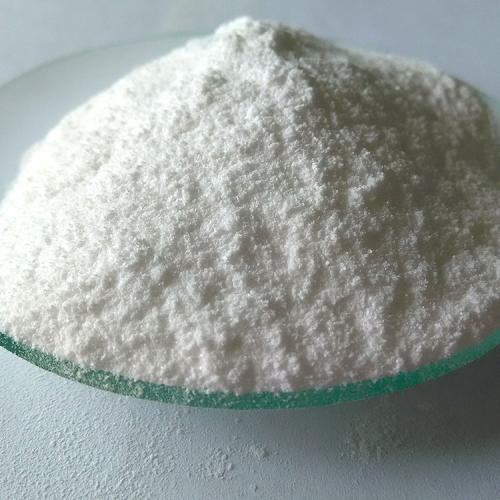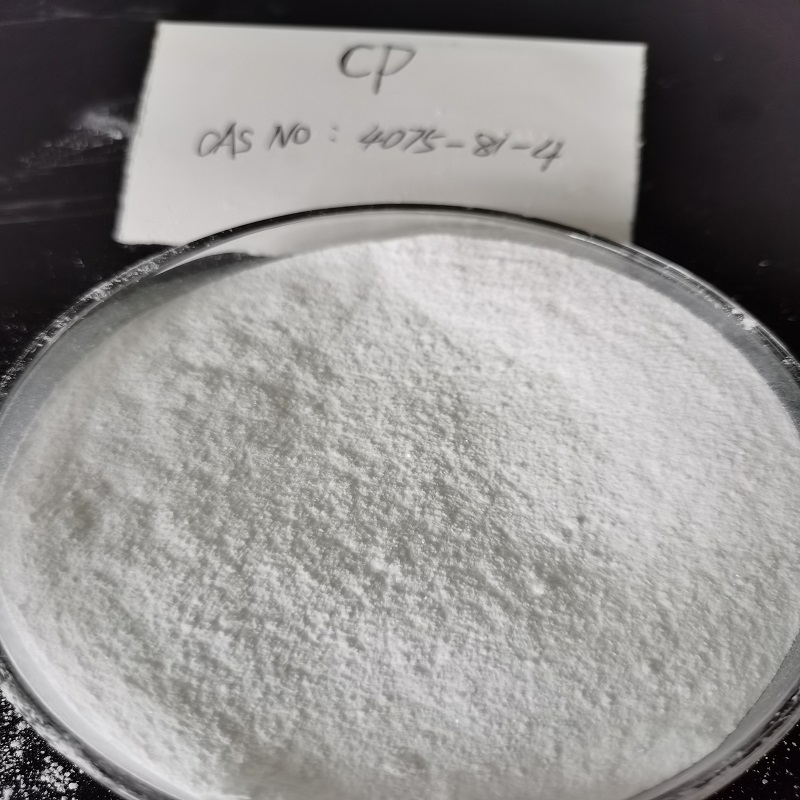- Home
- News
- Feed mildew, shelf life is too short how to do? Calcium propionate prolongs the preservation period
Feed mildew, shelf life is too short how to do? Calcium propionate prolongs the preservation period
As inhibit the metabolism of microorganisms and the production of mycotoxins, anti mildew agents can reduce the chemical reactions and the loss of nutrients caused by various reasons such as high temperature and high humidity during feed storage. Calcium propionate, as a feed mildew inhibitor, can promote the reproduction of beneficial microorganisms and inhibit the reproduction of harmful virus and mold. When added to silage, it can effectively inhibit the growth of mold, improve the quality of silage and achieve the purpose of fresh-keeping.
Calcium propionate is a safe and reliable antifungal agent for food and feed approved by the World Health Organization (WHO) and the Food and Agriculture Organization of the United Nations (FAO). Calcium propionate can be absorbed by humans and animals through metabolism, and supply calcium necessary for humans and animals. It is considered to be GRAS.
Calcium propionate promotes the nutrient absorption of feed and improve the nutritional value, adjusts the pH value of gastrointestinal tract of livestock and poultry, promote the growth of beneficial bacteria such as lactic acid bacteria, improve the activity of digestive enzymes such as pepsin and promote the digestion and absorption of nutrients.
Calcium propionate can prevent the green feed from mildew during the storage period, enhance the palatability of livestock to the feed and improve the utilization rate of protein in the feed. On the one hand, the dairy silage treated with calcium propionate is conducive to the formation of short chain fatty acids in milk and improve the milk fat rate of milk; On the other hand, it is conducive to the growth, digestion and digestion of nutrients in the rumen and the increase of milk production of dairy cows. The experiment of feeding dairy cows with silage corn straw protected by calcium propionate shows that the feed has less rot, soft texture, good palatability, and dairy cows like to eat, which can improve the milk yield and milk fat rate of dairy cows.

